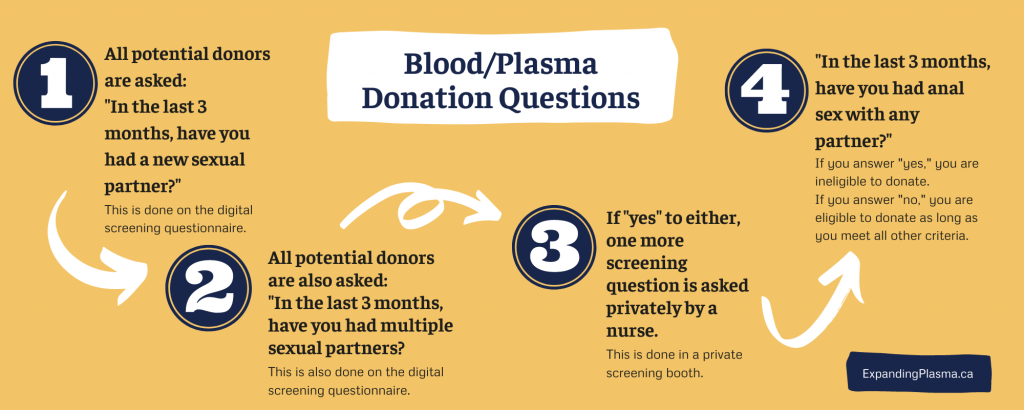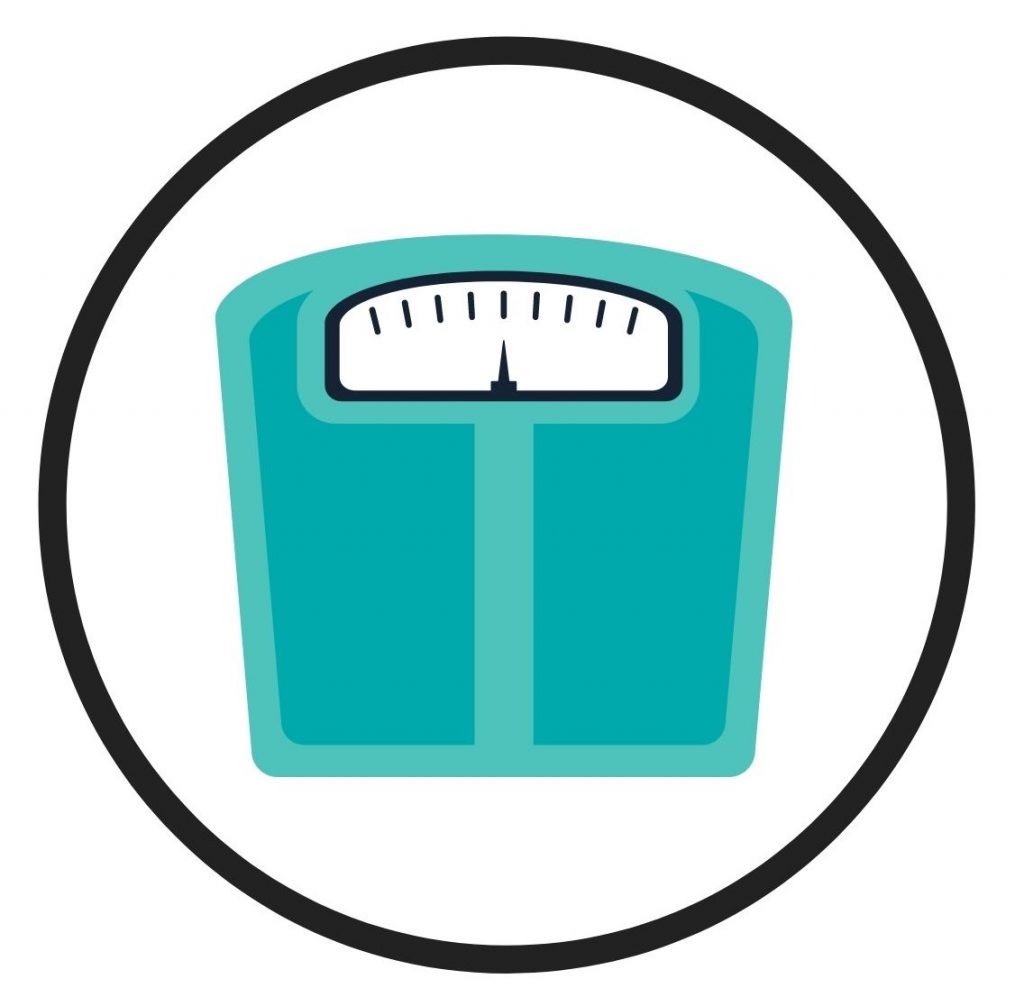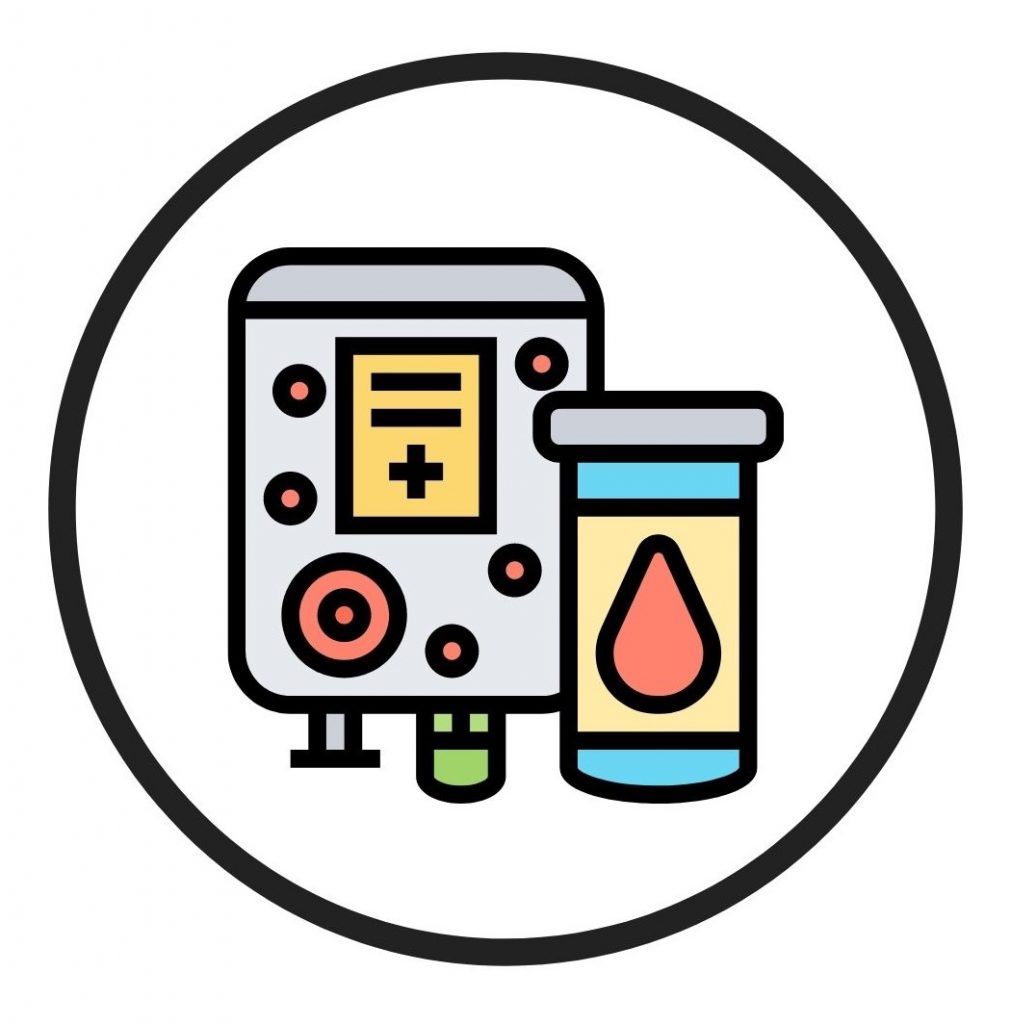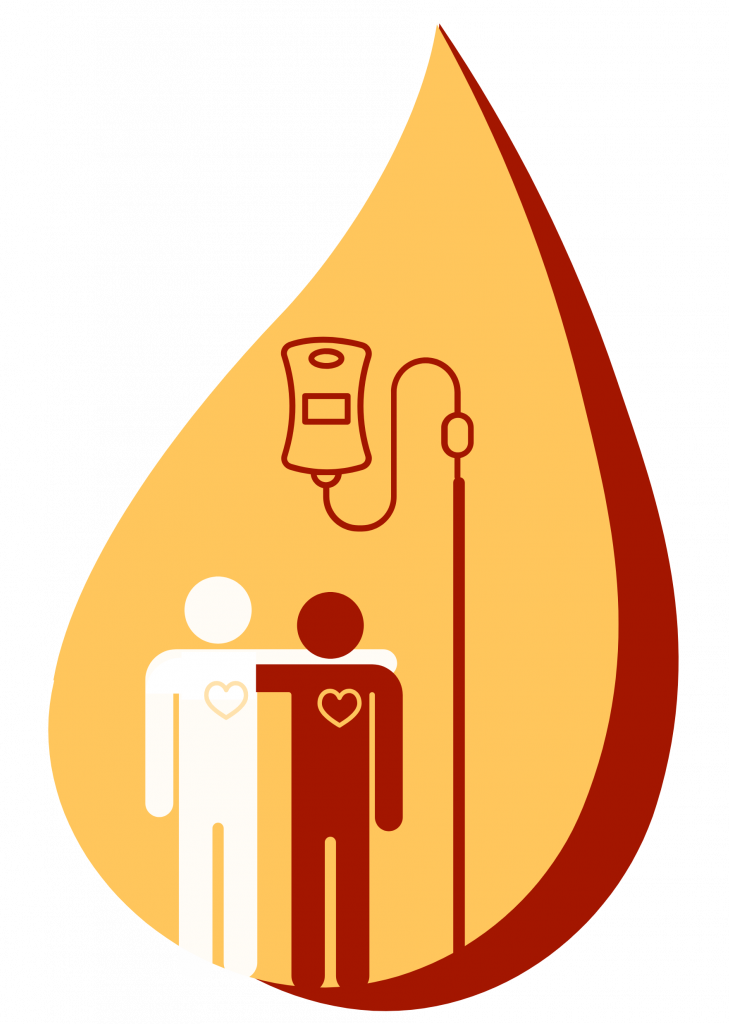Plasma or Blood
New Eligibility Rules: Sexual-Based Behaviour Criteria

As of September 11, 2022, the rules for plasma donation have changed for gay, bisexual and queer men.
What’s changed is this: more gay, bi and queer men will be eligible to donate plasma, or whole blood, at Canadian Blood Services locations across Canada. These are the new questions, that will be asked of everyone who comes in to donate, regardless of gender identity or sexual orientation:
- In the last three months, have you had a new sexual partner?
- In the last three months, have you had multiple sexual partners?
If the answer is “yes” to either question, then the screener (usually a registered nurse), who speaks to you privately in a screening booth, will ask this follow up question:
In the last three months, have you had anal sex with any partner?
Only those who have not had anal sex with a new or multiple partners in the last three months will be eligible to donate blood or plasma. This includes both receptive and insertive anal sex (i.e., whether you’re bottom or top), regardless of condom use.
**Note: you need to also meet all other eligibility criteria.
You can check out Canadian Blood Services website for info about this change here.
BE AWARE!
Héma Québec (the organization that takes plasma donations in Québec) and private plasma collection centres (such as Grifols, formerly known as Canadian Plasma Resources) may have different eligibility criteria and processes than Canadian Blood Services. If you plan to donate in one of these places, we strongly suggest that you check their website for up to date information about specific eligibility requirements.
Watch our video for a quick overview of the new rules around plasma donation for gay, bi, and queer men, or keep reading below.
In December 2021, Canadian Blood Services applied to Health Canada to make the next step towards fairer screening – Sexual Behaviour-Based screening, or SBB. In the application, Canadian Blood Services asked to remove the questions in the donor questionnaire about sex between men and replace them with specific sexual behaviour questions. These questions would be asked of all donors, regardless of gender or sexuality.
There was a lot of excitement about this change. The media have called it the “end of the blood ban”.
These new rules are a huge step in the right direction, and more guys will be able to donate. BUT, and it’s a big but, many sexually active gay, bi and other men who have sex with men will still not be able to donate. Guys who are non-monogamous, poly, or who simply enjoy sex with different partners are still excluded. Guys who take PrEP or PEP are still excluded. There is still a lot of work to be done before policies are truly equitable. Have a look here to read more about this policy change, and criticism.
Eligibility Assessment
- Call Canadian Blood Services’ helpline at 1-888-2-DONATE (1-888-236-6283) (note that the helpline is NOT anonymous)
- Use Canadian Blood Services’ online chat function if you have any questions.
- Hemoglobin levels being too low
- Getting a tattoo or piercing within the last 3 months
- Having gone to the dentist earlier that day
Eligibility Requirements that
Everyone Gets Checked at the Donor Centre
The research team asked staff at Canadian Blood Services about what gets checked on the day of a donation at the centre (there is no way to assess most of these things beforehand).
Below, we’ve pulled together some other specific eligibility requirements and screening practices that you might have wondered about.




